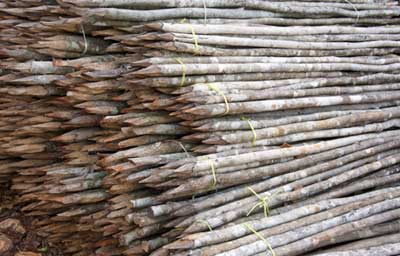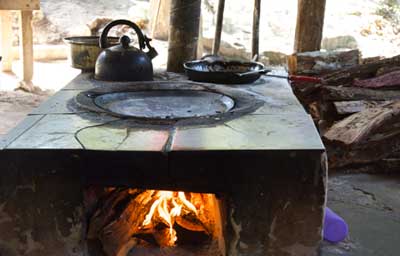Network of private and social reserves in the Yucatan Peninsula

For these reasons, a group of organizations and conservation experts of the Yucatan Peninsula has, for over 20 years, accepted the challenge of innovating with alternative tools for conservation outside protected areas. The task has not been easy, and there have been many proposals, ranging from ecological easements to trusts for the purchase of land. After having gone through a constructive learning process, the proposal now takes new momentum that promises to succeed in these times of re-appreciation of the services provided by ecosystems: a network of private and social reserves that encourages owners to incorporate their land for conservation purposes. After that conference, the network promoted by Pronatura México marks a precedent but we were unable to consolidate it, Marco explains. "In 2006 there was a meeting in Monterrey promoted by TNC to initiate a national dialogue about conservation on private lands. A few years later, in 2010, during the 3rd Mesoamerican Congress on Protected Areas held in Mérida, there was a symposium of organizations working on the conservation of social land, and we had a session on social and private lands in which several organizations of the country and South America participated. The idea was to gather the will of those working on private lands in Mexico, but it was no more than an attempt". A concrete step in moving towards working together in private lands conservation is the Environmental Alliance for the Yucatan Peninsula (AAPY), which was comprised by Amigos de Sian Ka'an, El Edén, Pronatura, CONANP, Niños y Crías and TNC. With funding from the North American Wetlands Conservation Act (NAWCA) and the Neotropical Migratory Bird Conservation Act (NMBCA), the purchase of 640 hectares of land called San Mateo Ake was completed, adjacent to the Yum Balam Flora and Fauna Protection Area and El Eden, which would be co-administered by the latter and Amigos de Sian Ka'an. The other reserve part of Amigos de Sian Ka'an is Pez Maya explains Gonzalo Merediz, director of the association, an area of 3 kilometers of beach within the Sian Ka'an Biosphere Reserve which has been purchased with support from TNC, an organization that in those years also promoted the purchase of Pronatura's El Zapotal reserve. In the context of the Itzincab Alliance for the conservation and sustainable management of the Mayan Forest, in which various organizations and government agencies were involved, the exercise was to identify priority issues. Along with the strategic lines of sustainable rural development and sustainable water management, the idea of a private and social reserves network was consolidated. It was necessary to link efforts with Fundación de Haciendas del Mundo Maya, Niños y Crías, Pronatura Península de Yucatán, Amigos de Sian Ka'an, Kaxil Kiuic and El Edén to develop a work plan that was well received within the Alliance. Thus, within the framework of the Itzincab Alliance, a funding opportunity is presented to consolidate the network with clear objectives and a plan of action.
The second objective is to generate joint actions on biodiversity monitoring, especially of jaguars and their prey and migratory birds. Adrién Gasse Margat, network coordinator, says it is important to work on the standardization of monitoring methodologies and to share information to enable a broader analysis of the conservation status. And the third objective is to generate tools to make an approach to land owners and multiply efforts. For this component, it is first required to develop rules of operation, i.e. to agree on what features a property must accomplish to be considered a reserve and be part of the network. "It is great news, says Marco, that the network has managed to insert itself in the process of methodological review of the second national census on jaguars and their prey carried out by the UNAM, and we are expecting a very important regional component. In the first national census, 15 monitoring sites were established at a national level, and for this second census we are expecting to have only 10 or 15 sites in the Yucatan Peninsula. But beyond monitoring, we can begin to assess the occurrence of jaguars along hypothetical and actual corridors, and thus identify strategic conservation areas. This same process has to be achieved with monitoring of resident and migratory birds to answer how the populations are doing, how much they move, what connectivity they need, what migratory birds do when they get to the peninsula, among other questions". The important thing for the network is to propose private and social voluntary conservation as an additional mechanism to ensure connectivity and functionality of forests, as well as to protect biodiversity and the environmental services it provides, and that is why we need to attract both private and social landowners, Marco explains. "In return, we must be able to offer long-term incentives that allow landowners to face the high costs of conservation, and to the extent that we succeed in this we will be moving towards conservation in the Yucatan Peninsula." |




















